Introduction:
Welcome to our blog, a space where we explore the fascinating and colorful celebration of Peruvian Independence Day. In this South American country, the month of July becomes a special time for all Peruvians as we commemorate our independence and honor our rich history and culture. Join us as we discover the traditions, food, music, and festive spirit that surround these significant dates.
1. History and Significance of Peruvian Independence Day:
To fully understand the importance of Independence Day in Peru, it's essential to delve into history. We will explore the events that led to Peru's independence on July 28, 1821, and how this date has become a symbol of unity and freedom for all Peruvians. Furthermore, we'll discuss the profound meaning these celebrations hold in the national identity and how they have transformed over the years.
2. Parades and Celebrations:
Peruvian Independence Day is marked by a series of parades and celebrations throughout the country. From Lima, the capital, to smaller cities and remote towns, the streets come alive with music, traditional dances, and colorful military parades. We will explore the main activities that take place during this festive month and highlight some of the most emblematic events, such as the Grand Corso de Wong in Lima and the Northern Marinera dance competitions.
3. Patriotic Gastronomy:
One cannot talk about Peruvian Independence Day without mentioning the delicious food that is an integral part of the celebration. We will discover the traditional dishes served during this period, such as ceviche, ají de gallina, rocoto relleno, and the famous pisco sour. Additionally, we'll explore the varied culinary customs of different regions in the country and how they blend together in an explosion of flavors during these festivities.
4. Traditional Music and Dances:
Music and dance are essential elements of Peruvian culture, and during Independence Day celebrations, they take on even more significance. We'll discuss traditional music genres like marinera, huayno, and música criolla, and how they are performed in festive events. We will also highlight typical dances such as the Scissors Dance and the Diablada, which are fundamental parts of patriotic celebrations.
5. Handicrafts and Traditional Markets:
During Independence Day, markets and craft fairs come alive with color and creativity. We will explore the diverse Peruvian handicrafts, from alpaca and vicuña textiles to ceramics and traditional jewelry. We'll get to know the artisans behind these creations and how their products are a living expression of Peruvian cultural identity.
Conclusion:
Peruvian Independence Day is much more than an annual celebration. It is a time to remember our past, appreciate our diversity, and take pride in our national identity. We hope that this journey through the traditions, food, music, and festive spirit of Peruvian Independence Day has inspired you to immerse yourself in this rich and vibrant culture. Join us in the next celebration and experience the Peruvian Independence Day for yourself!
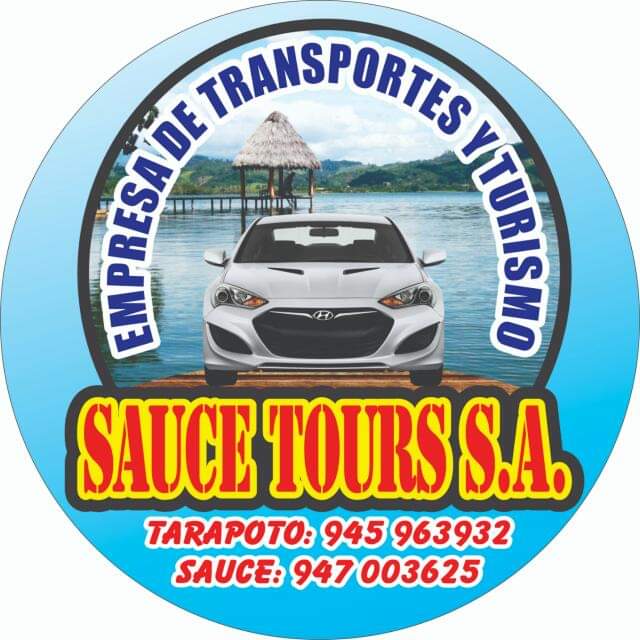
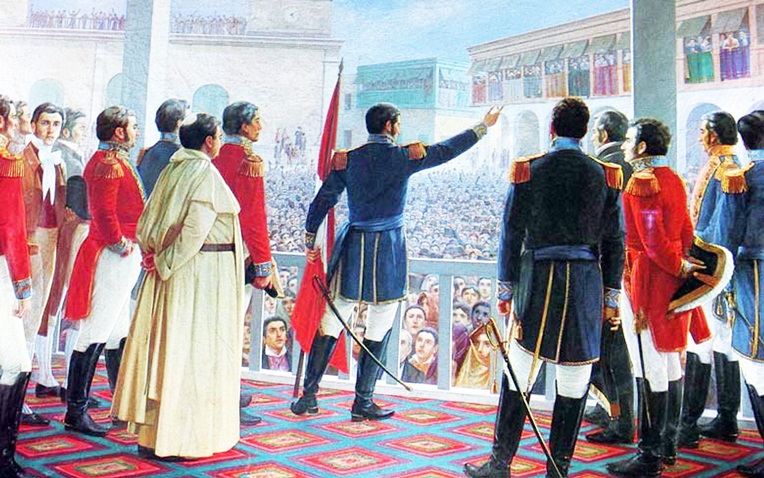
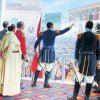
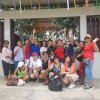


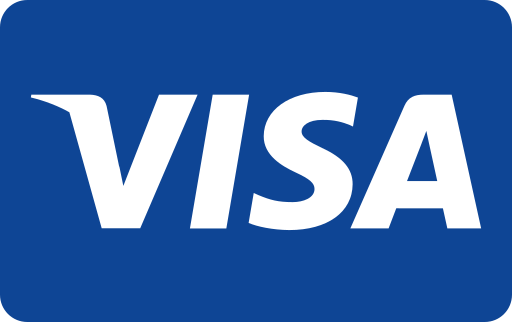
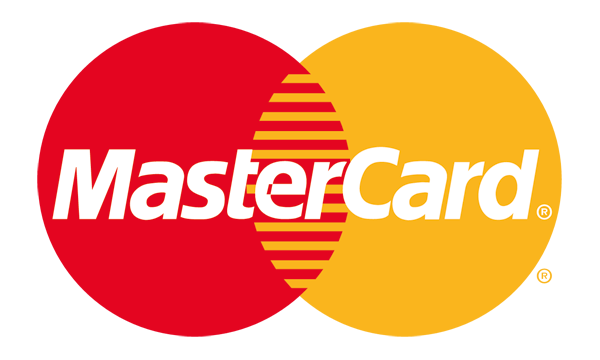


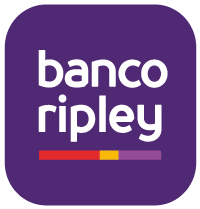





0 comments for this post